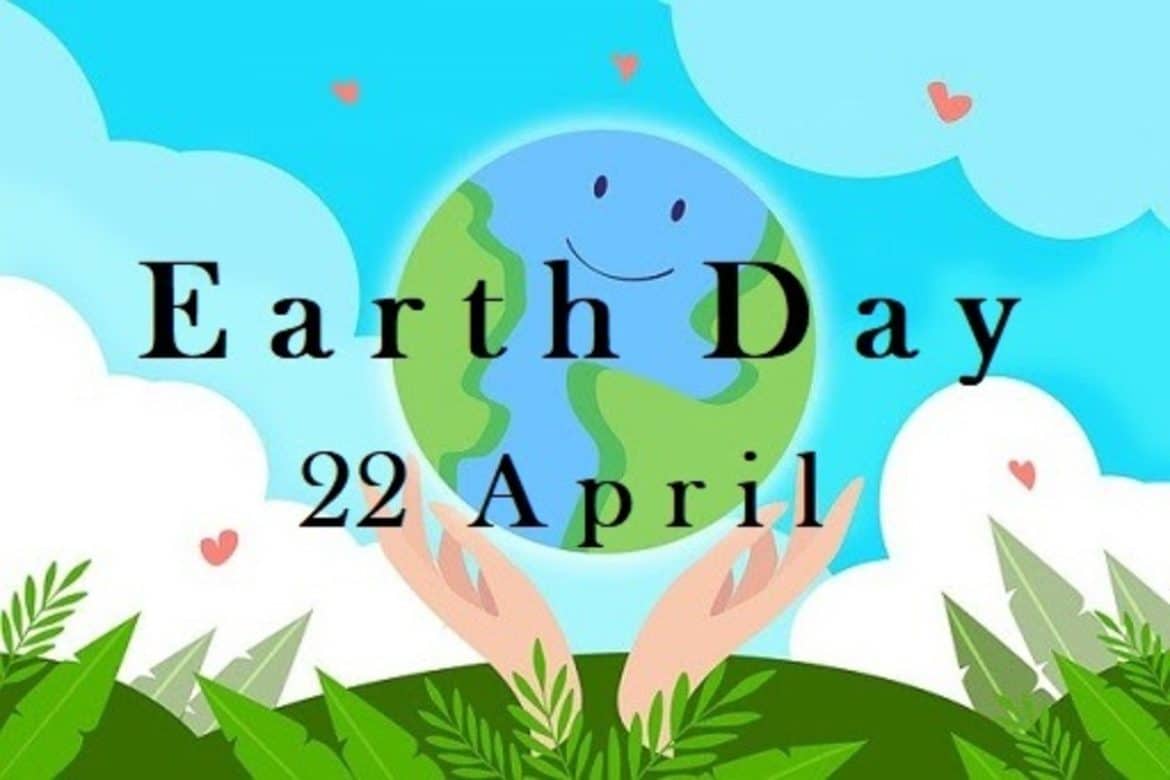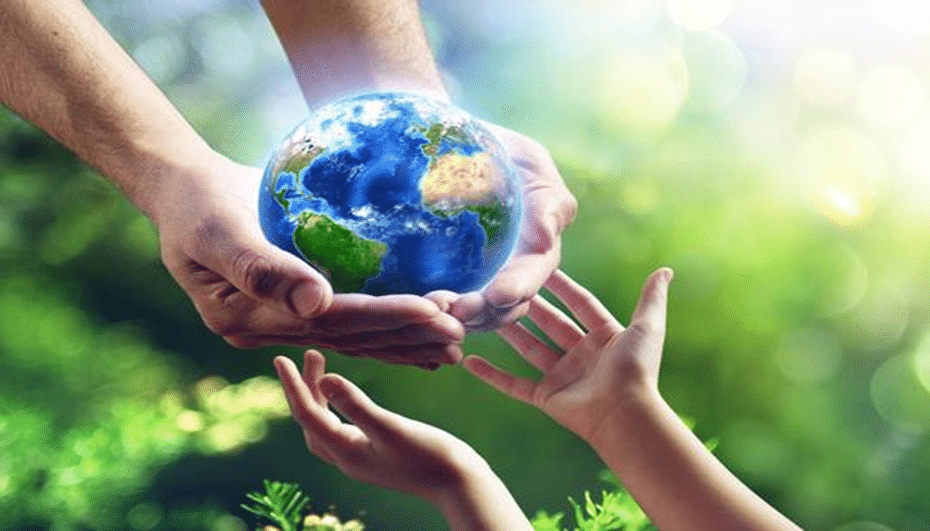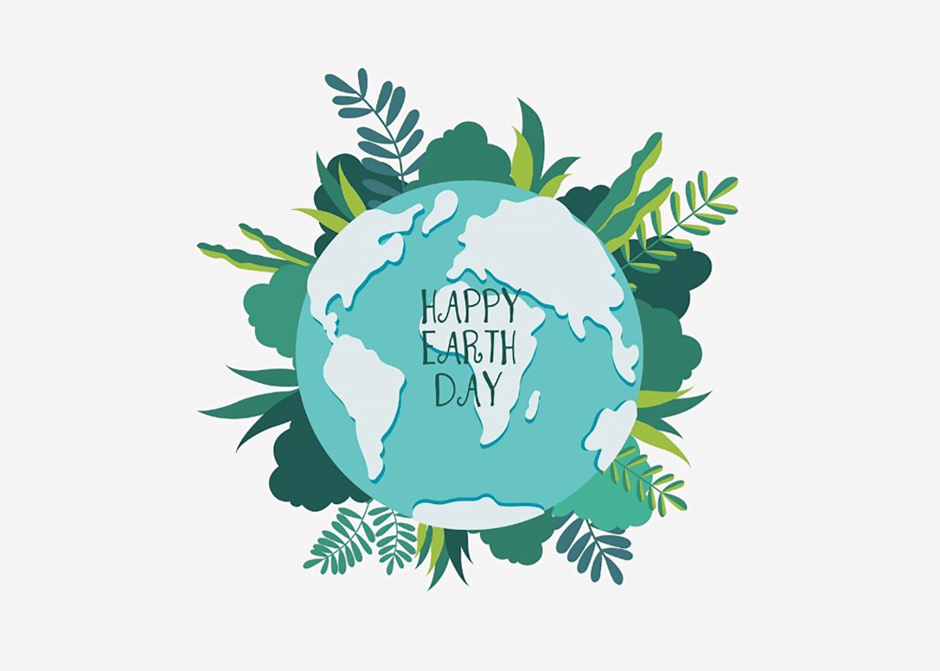In the 1970s, the United States was not as clean and environment-conscious as you see now.
The country used to be a much dirtier place due to a lack of regulations on pollution control.
Back then, there were very few regulations to prevent industries from polluting the country’s environment, i.e. land, air, and water, by dumping industrial waste freely.
The air was choked with smog, rivers were dirty, and acid rain damaged the natural ecosystem.
However, with the first Earth Day on 22nd April 1970, the country got a kickstart for a clearer and more eco-friendly space.
Now, the world celebrates the day every year with grandeur. You can now find the Earth Day coloring page and many other products to celebrate the day.
Here, we will discuss what happened during the first Earth Day.
History Behind the First Earth Day
Before we learn about the impact of the first Earth Day and what happened after it, let’s learn about the history behind the day.
Earth Day resulted from the 1960s environmental movement that raised consciousness among humans that they were harming the earth and the environment.
The book Closing Circle by Barry Commoner indicates the need for massive economic restructuring based on ecological principles.
On the other hand, Silent Spring by Rachel Carson claims everyone’s attention to the life-threatening possibilities of pesticides.
The first photos of Earth from outer space display the vulnerability or fragility of the Earth, says Cochen Steve.
Cochen adds, “Pollution is not only unsightly – you can die from it. Toxic waste can kill you…” throughout 1960, environmental movements have accelerated and spread awareness about preserving nature and wildlife.
But with 1970s Earth Day, people understand the environment and public health are not separate.
Important Impacts of The First Earth Day
The first Earth Day’s importance was remarkable and significantly impacted. Steve Cochen, an EPA environmental policy specialist, says, “You had, through the 70s, a series of very important environmental laws, and in many ways, Earth Day was the catalyst for that”.
The primary goal of the first Earth Day was to bring environmental issues to the national agenda. Almost 20 million Americans (including Columbia University students and faculties) participated in the first Earth Day demonstration.
Their hard work and dedication also get paid off. The Environmental Protection Agency was established by the end of 1970 to protect and preserve public health and the environment.
The momentum carried forward throughout the decade with several landmark legislations, such as
- The Resources Conservation and Recovery Act regulates hazardous and non-hazardous solid waste.
- The Clean Water Act.
- The SuperFund Law is used to inspect cleanup sites suspected of being contaminated by hazardous materials.
- The Toxic Substance Control Act. and more.
Lasting Changes Created by the First Earth Day
The first Earth Day has created several beneficial, lasting changes. It has successfully incorporated environmental issues into the national agenda.
Not only that, it helps to put environmental issues on the global agenda as well. Today, the entire world celebrates Earth Day every year.
According to Cochen’s words, when he started to work for the environment, the condition was fragile. He also says that when he started his environment policy class, no one knew about it.
There was no Earth Institute; only 700 people worked on sustainability science and policy. But a half-century later, after the first Earth Day, it has become a central function of the government.
He also said that 50 years ago, things were nothing like this now. But he counts the slow and steady changes and sees it as a resounding success of the first Earth Day.
Lessons to Take from the First Earth Day
The first Earth Day was a benchmark in Environmental and human history. The United States and many others have come a long way since the first Earth Day on 22nd April 1970.
But it is also true that there are many more things to be done to protect the environment and the planet.
Columbia Spectator and Gerrard’s report on the first Earth Day clearly state that governmental tax loopholes for polluting industries, ending fossil fuels, and encouraging the use of renewable energy are necessary steps for protecting the Earth.
However, even today, after so many years after the first Earth Day, similar problems still exist.
American obsession over fossil fuels, plastic or non-environmental product production, and one-sided pressure on the consumers to clean up the mess still need to be addressed immediately.
Key Takeaways
The first Earth Day was the fruit of the environmental movements of the 1960s.
The mottos of different environmental movements demonstrated on Earth Day helped to pull all those concepts, notions, and demands under one umbrella.
Earth Day helps environmental issues to get global attention by putting environmental issues on the national and global agenda.
Above, we have covered the impacts of the first Earth Day on legal and socio-cultural aspects.





